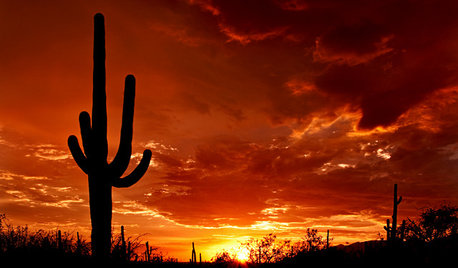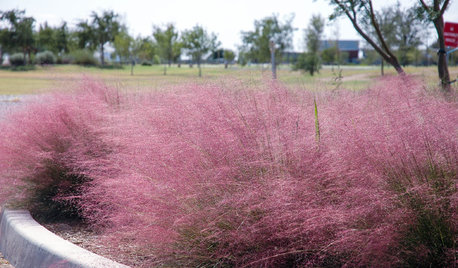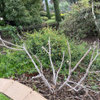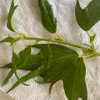Fruit trees and Veggie in High Desert
senjanevada
15 years ago
Related Stories

FARM YOUR YARDIf You Have Room for Only One Fruit Tree ...
Juice up a small garden with one of these easier-care or worth-the-effort fruit trees for a mild climate
Full Story
MOST POPULARHow to Get Rid of Those Pesky Summer Fruit Flies
Learn what fruit flies are, how to prevent them and how to get rid of them in your home
Full Story
GARDENING GUIDESGreat Design Plant: Grow Blueberries for Their Fruit and More
Eastern gardeners should consider growing blueberry plants for their delicious fruits, bee-friendly spring blooms and brilliant fall foliage
Full Story
EDIBLE GARDENSHow to Add an Apple Tree to Your Edible Garden
Readily available, beautiful and fragrant, apple trees offer four-season interest along with crisp, juicy fruit
Full Story
FARM YOUR YARDHow to Build a Raised Bed for Your Veggies and Plants
Whether you’re farming your parking strip or beautifying your backyard, a planting box you make yourself can come in mighty handy
Full Story
GARDENING GUIDESMeet the Mighty Saguaro of the Desert Landscape
You’ve seen its form in films, on souvenirs and much more. Now get to know this iconic cactus of the Sonoran Desert
Full Story
NATIVE PLANTS10 Top Plants Native to the Desert Southwest
Get a thriving garden despite unforgiving conditions with these tough, unthirsty, sun-loving beauties
Full Story
EDIBLE GARDENSHow to Grow Your Own Peaches and Nectarines
Make gardening a little sweeter with these juicy fruits, which you can eat after plucking or preserve for later
Full Story
GARDENING GUIDESSpring Citrus Care Reaps Months of Sweet Rewards
Learn how to tend citrus trees in spring and ways to preserve their delicious fruit
Full Story
EDIBLE GARDENSHow to Grow Your Own Luscious Cherries
Nope, they’re not the easiest fruit to grow. But with spectacular blossoms and pies as possibilities, cherries are sure worth a try
Full Story







gardenerme
jll0306
Related Professionals
Franconia Landscape Architects & Landscape Designers · Horsham Landscape Architects & Landscape Designers · Oatfield Landscape Architects & Landscape Designers · Aloha Landscape Contractors · Dickinson Landscape Contractors · Gallatin Landscape Contractors · Gloucester Landscape Contractors · Laguna Hills Landscape Contractors · Lakeville Landscape Contractors · Longmont Landscape Contractors · North Canton Landscape Contractors · Smyrna Landscape Contractors · Rowlett Swimming Pool Builders · Central Islip Window Contractors · Los Angeles Window ContractorssenjanevadaOriginal Author
ravens_voice
jll0306
ravens_voice
jll0306
ravens_voice
jll0306
ravens_voice
hoovb zone 9 sunset 23
jll0306
seedygirl
applenut_gw
rkjones1953
Suzi AKA DesertDance So CA Zone 9b